Can you reheat the coffee when it gets cold? Is it good to heat the coffee when it is cold?
Most coffees don't taste so good when they are cooled, and the sour taste is obvious. The American trickling filter used in some offices has the function of automatic heat preservation, which, to put it bluntly, is the function of heating and temperature control. So some coffee lovers wonder if the cold coffee will get better if it is reheated.
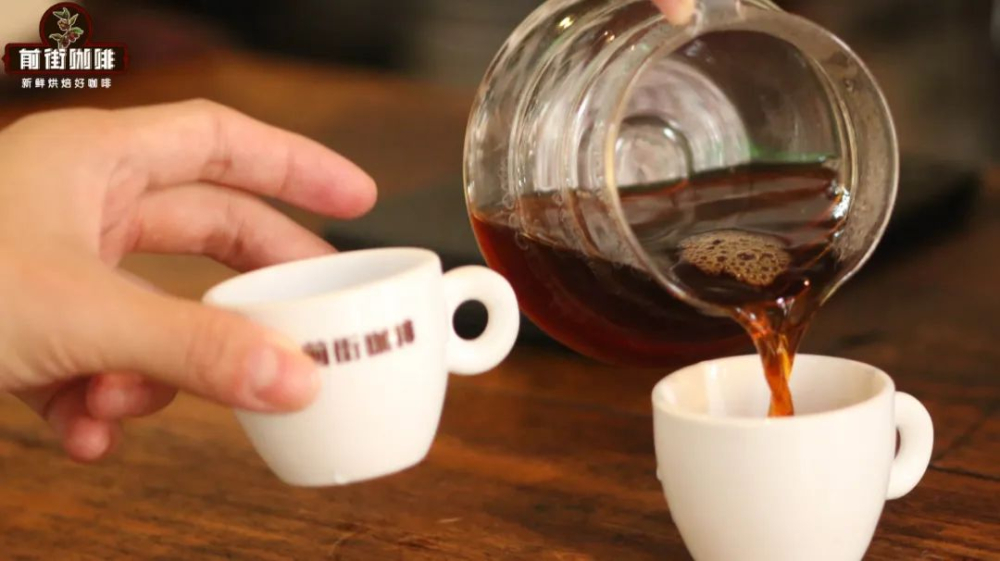
Qianjie in the previous article also talked about this problem, coffee from hot to cold, there are two main effects on the flavor of more important points. The first is that with the drop in coffee temperature, our taste buds have a lower perception of sweetness, and the perception of sour and bitter taste will be relatively obvious, while for most light roasted coffee, there are fewer bitter substances, so the sour taste of cold coffee will be particularly obvious. The second is that the coffee always volatilizes its aroma in the process of cooling, so the coffee after cooling lacks the flavor of aroma, so it doesn't taste as good as hot. Therefore, in theory, reheating can not return to the original flavor of the hot coffee that was just brewed, but whether the reheated coffee will have a better experience than cold coffee is worth trying.
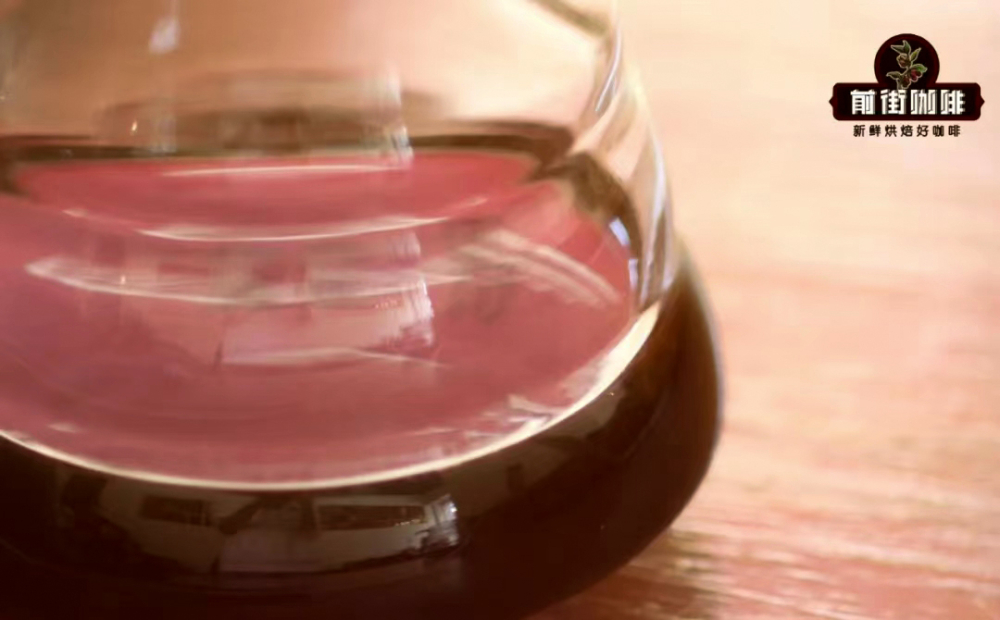
The plan for the Qianjie experiment is simple: make a pot of coffee by hand, then let it cool naturally, reheat it at room temperature, and compare the taste difference. Coffee beans choose the Jinbiao Rose Summer of Rose Xia Village, mainly because this coffee is very rich in honey, citrus and flowers in a hot state, and does not produce negative flavor after cooling. After brewing coffee in Qianjie, the coffee liquid was measured to be 70 degrees Celsius, and the flavor was tasted and recorded, then placed and waited for about 30 minutes, the temperature was measured to 37 degrees Celsius, sampled and recorded, and continued to wait for cooling. By 1 hour and 20 minutes, the measured temperature is 27 degrees Celsius, which is already at room temperature. Observe that the coffee liquid is still clear. Take out a small cup as a contrast. Pour the remaining coffee liquid into the siphon pot and heat it to 60 degrees Celsius with an alcohol lamp. Because heating to 60 degrees Celsius into the cup, it is exactly 42 degrees Celsius, in line with the best drinking temperature of hot coffee.
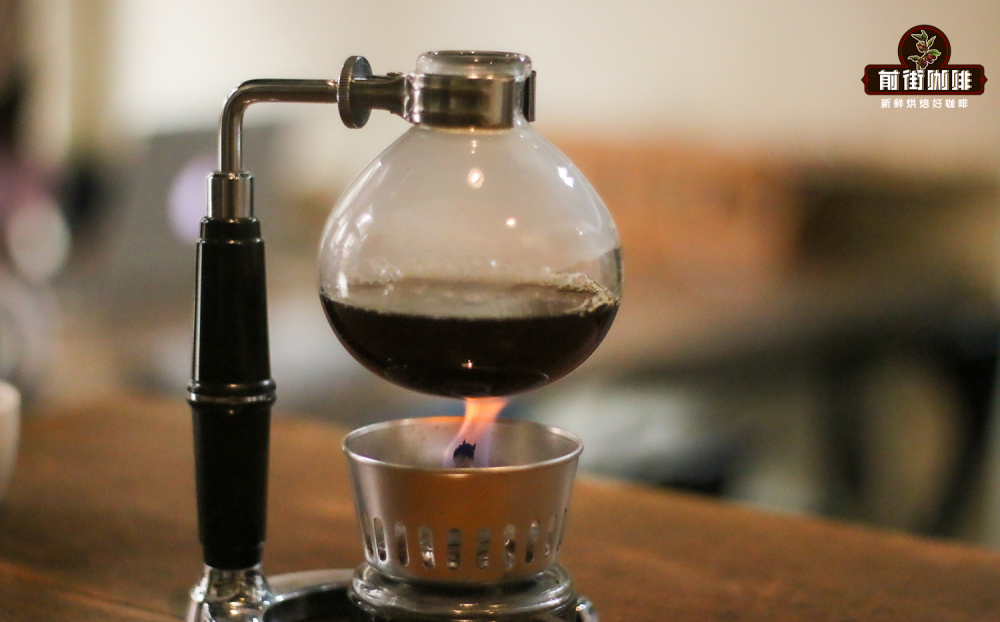
Taste the flavor of coffee in different periods: just finished brewing (70 degrees): the aroma of flowers and citrus fruit is relatively rich, and the acidity of citrus is lively; at 37 degrees, the taste is not hot (warm and cool), the aroma of honey and maple syrup is obvious, the acidity of citrus and berries is obvious, and the sweetness of honey is obvious; at 27 degrees, the aroma is not obvious, bright citrus acid and oolong tea, the acidity is relatively bright, and there is no negative flavor. After reheating (60 degrees): what is more shocking is the aroma of honey. When drinking, the flavor is not as rich as it was when it was first washed out, but the coffee is not so sour, returning to the sweet and sour feeling of berries. There was no negative flavor during that time.
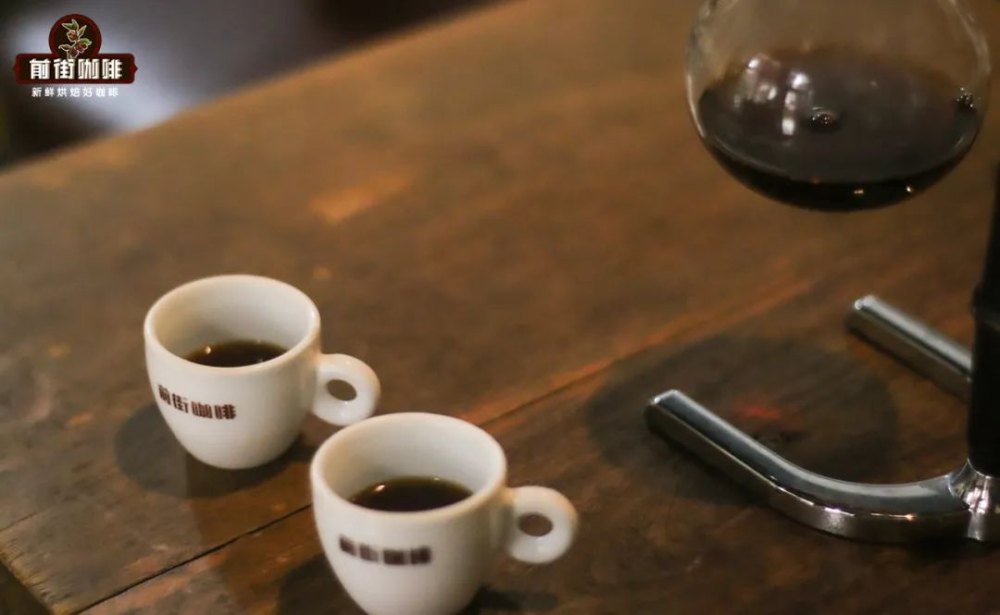
Judging from this result, reheating the coffee after cooling can solve the problem that the coffee is too sour. However, there is another drawback in this experiment, that is, the coffee beans used in Qianjie belong to the higher quality category, and they still maintain a good flavor performance even when they are getting cooler. For the next step in the previous street, it was tested with Guatemalan miniscule coffee beans, which have good flavors such as lemon, berries and nuts when hot, but will have lemon peel astringent, heavy smoky and other unfriendly flavors when thoroughly cooled. So Qianjie uses the same method to test whether the flavor can be improved by reheating when a bad taste occurs. After waiting for 1 hour and 30 minutes, the coffee liquid cooled thoroughly, observed that the coffee liquid was more turbid, and confirmed the astringent taste of lemon peel and the bitter and smoky feeling of almonds. Next, the coffee was heated to 60 degrees Celsius in front of the street, and the acidity and smokiness improved, but the bitter taste of almonds was still there, even more obvious when it was hot. And this bitterness comes from chlorogenic acid lactone, there are two cases when the coffee liquid becomes turbid, the first is that the substance originally soluble in the liquid becomes insoluble due to the drop of temperature, which can be solved when the temperature rises; the second is that chlorogenic acid releases too much, chlorogenic acid is easily soluble in water, but the chlorogenic acid lactone decomposed by chlorogenic acid is insoluble in water, which can not be solved by raising the temperature. In general, reheating is one way to solve the problem that the coffee is cold and too sour, but if you want it to taste better, it depends on the beans.
Important Notice :
前街咖啡 FrontStreet Coffee has moved to new addredd:
FrontStreet Coffee Address: 315,Donghua East Road,GuangZhou
Tel:020 38364473
- Prev
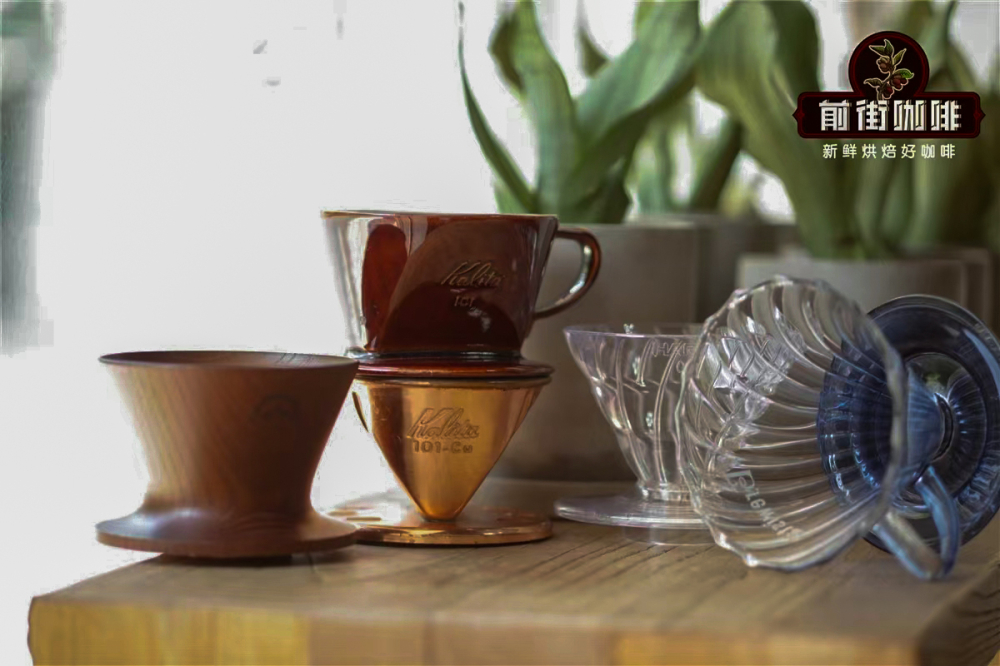
The story of Mellita Melita hand filter cup introduces the characteristics and functions of V60 cake filter cup fan-shaped filter cup.
Filter cup is now a necessary coffee utensils in hand-brewed coffee, which can be said to be the symbol of hand-brewed coffee. Now the shape of the filter cup is so many, and according to the publicity of each filter cup, it has its own characteristics, such as this filter cup can make the coffee sweeter, and that filter cup can make the coffee more fragrant. In the end, it turned into what I wanted to rush.
- Next

How to adjust the extraction scheme of espresso espresso how to make espresso beans good?
The pain of extracting espresso can only be known if you have really experienced it. If you belong to an espresso machine at home, it may take half a bag of beans to make an espresso. Even baristas need seven or eight shot to make them taste good in the face of new espresso beans. So Qianjie came to give it big.
Related
- Beginners will see the "Coffee pull flower" guide!
- What is the difference between ice blog purified milk and ordinary milk coffee?
- Why is the Philippines the largest producer of crops in Liberia?
- For coffee extraction, should the fine powder be retained?
- How does extracted espresso fill pressed powder? How much strength does it take to press the powder?
- How to make jasmine cold extract coffee? Is the jasmine + latte good?
- Will this little toy really make the coffee taste better? How does Lily Drip affect coffee extraction?
- Will the action of slapping the filter cup also affect coffee extraction?
- What's the difference between powder-to-water ratio and powder-to-liquid ratio?
- What is the Ethiopian local species? What does it have to do with Heirloom native species?

